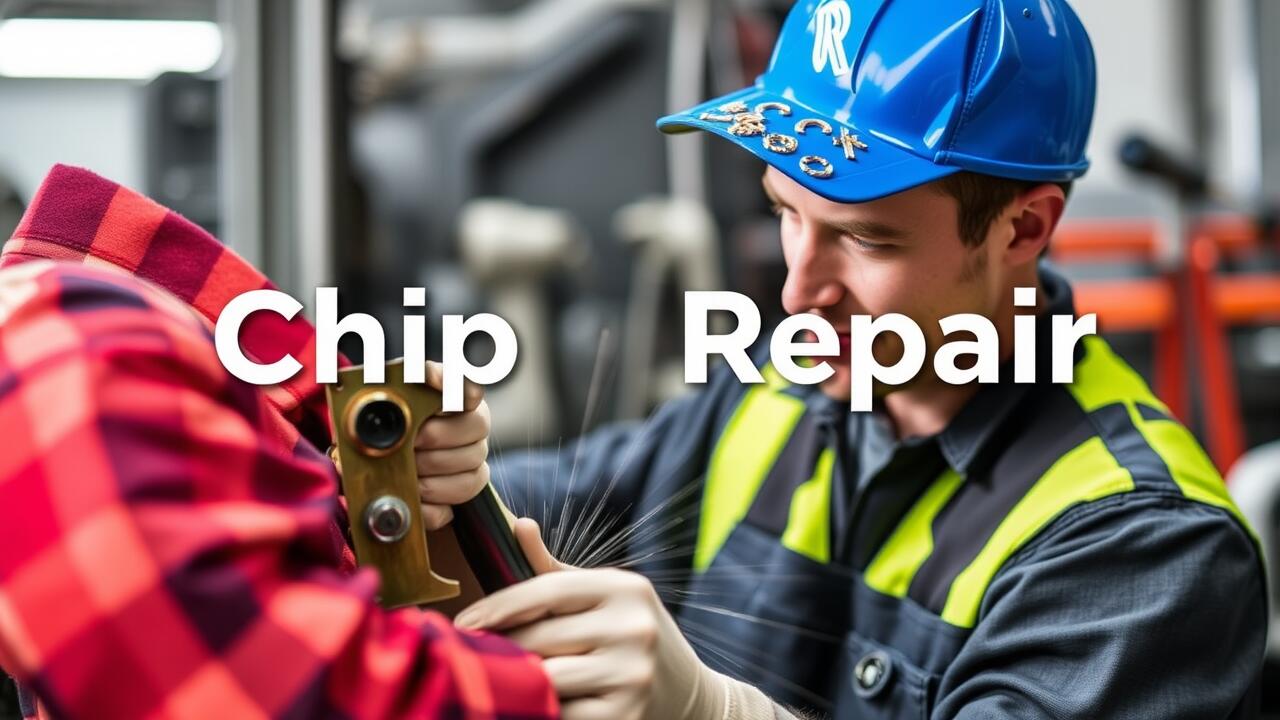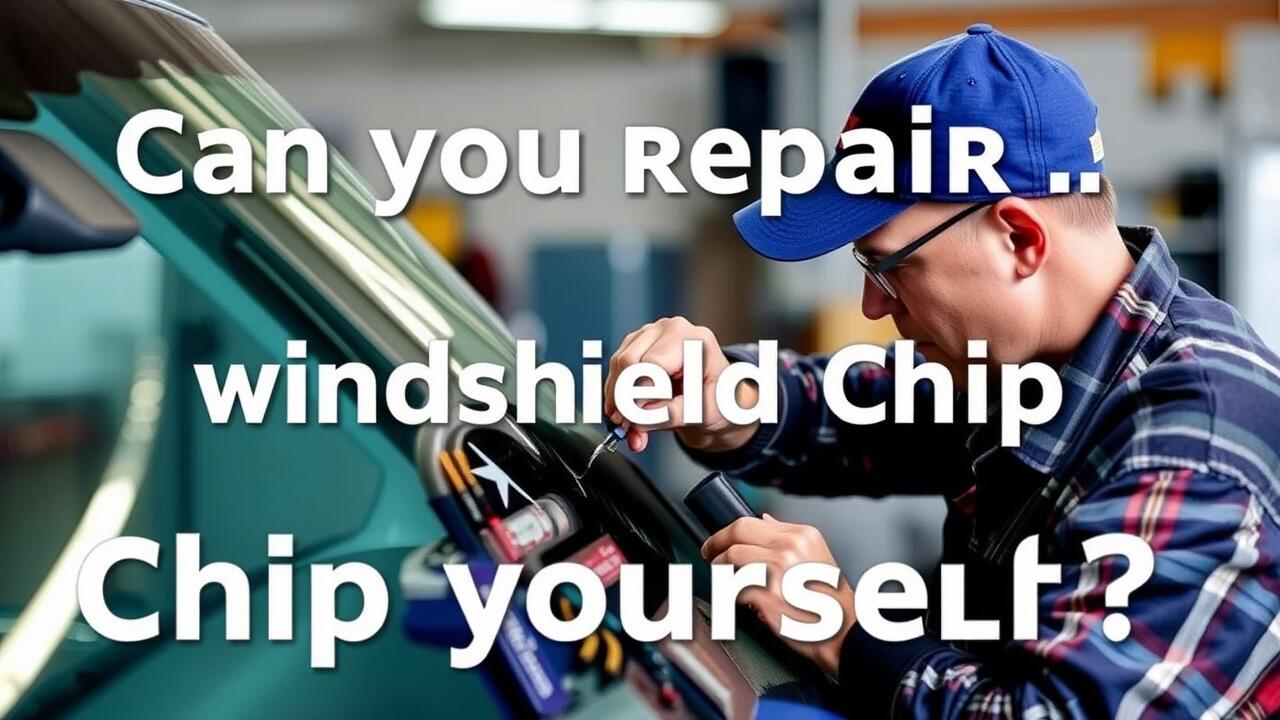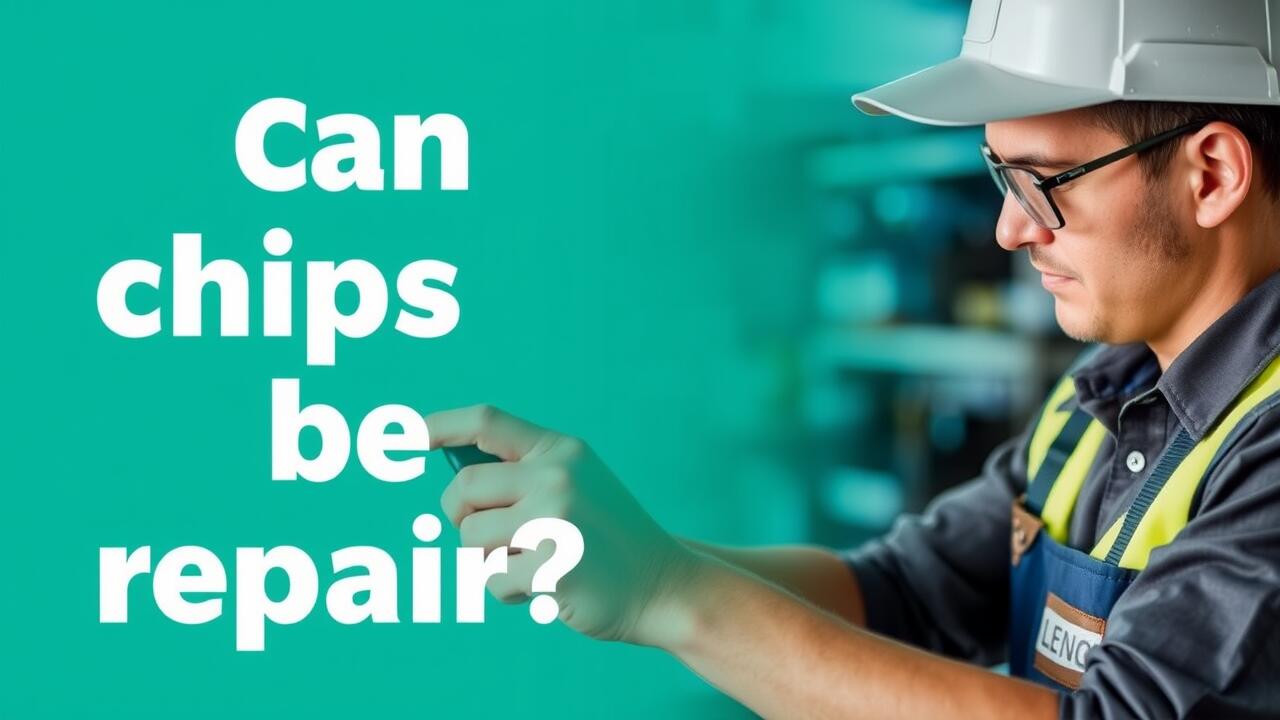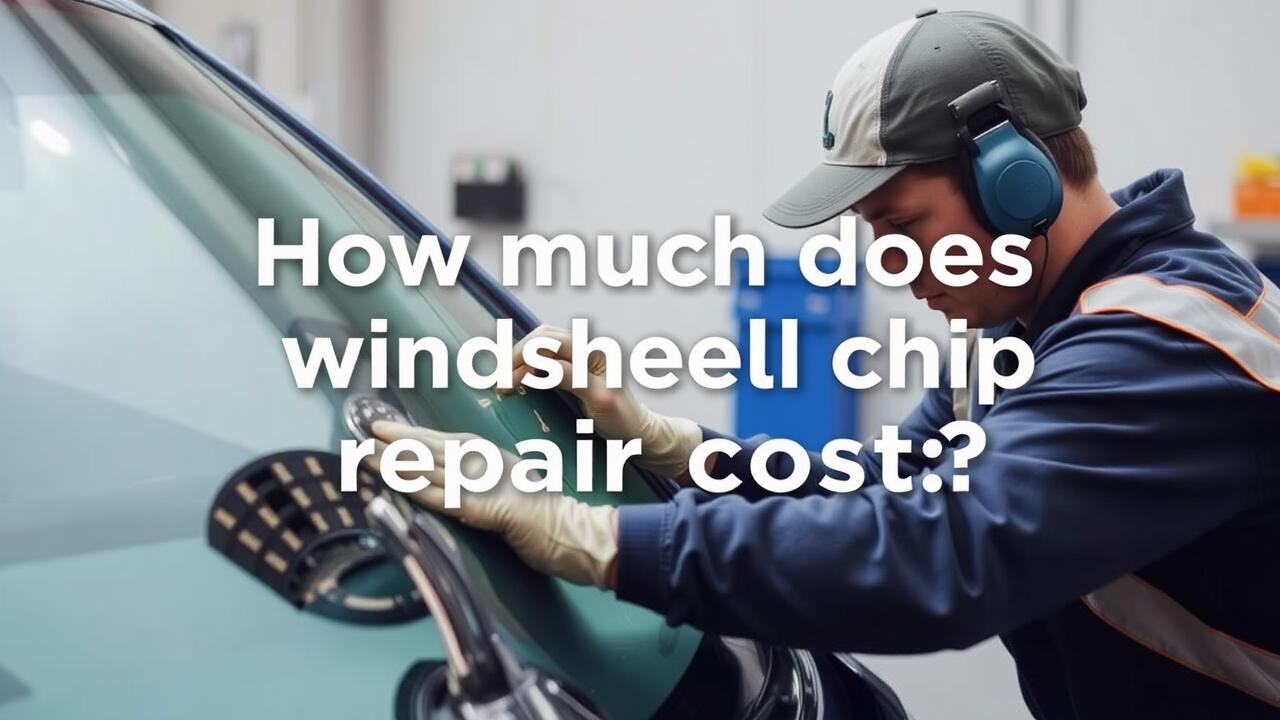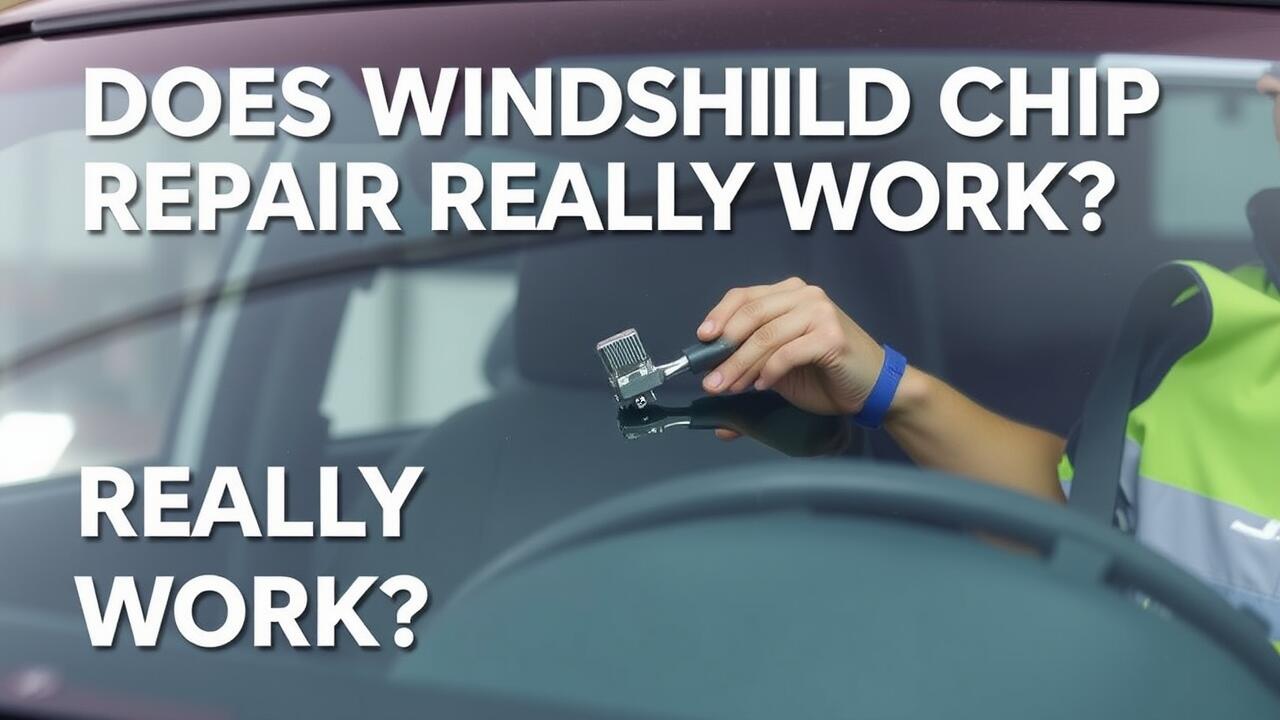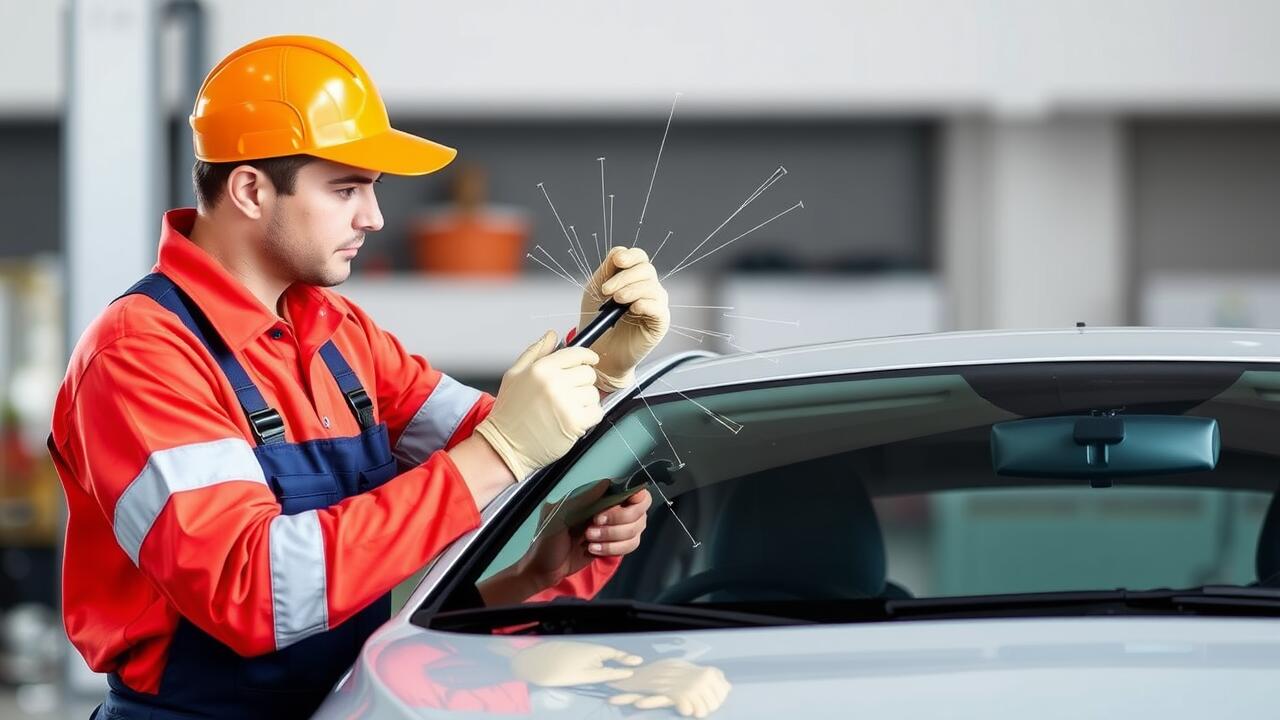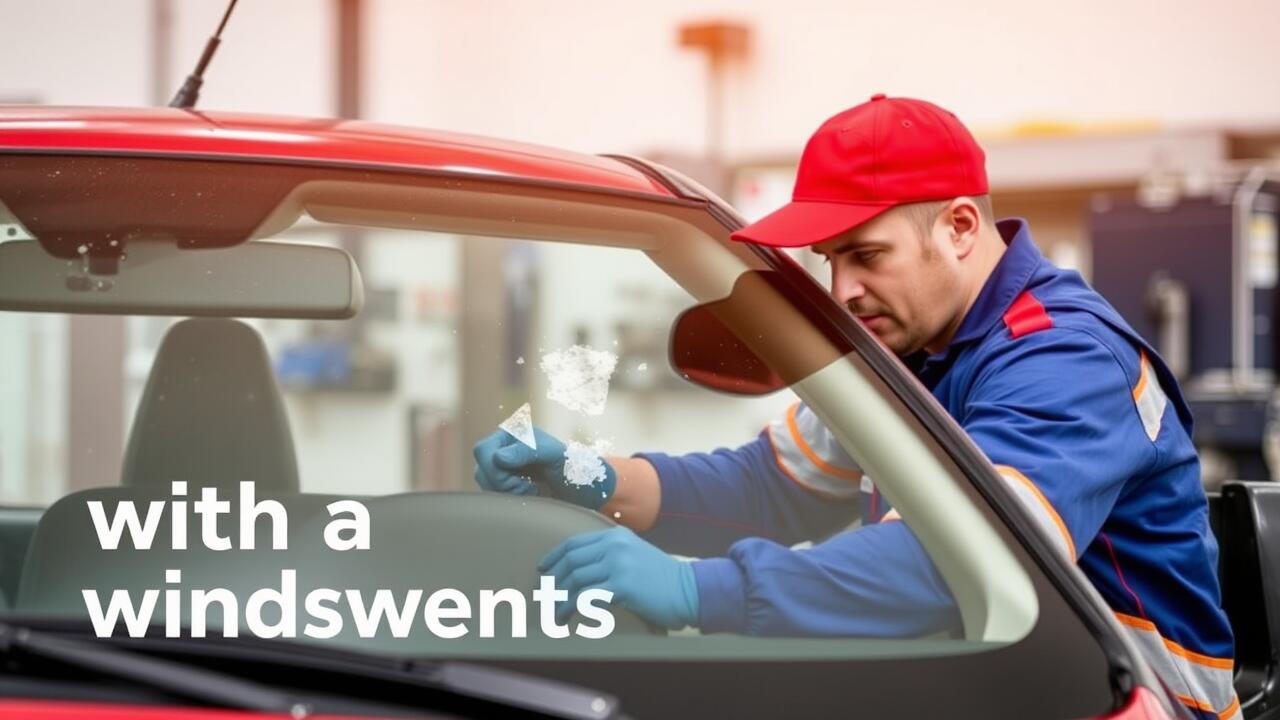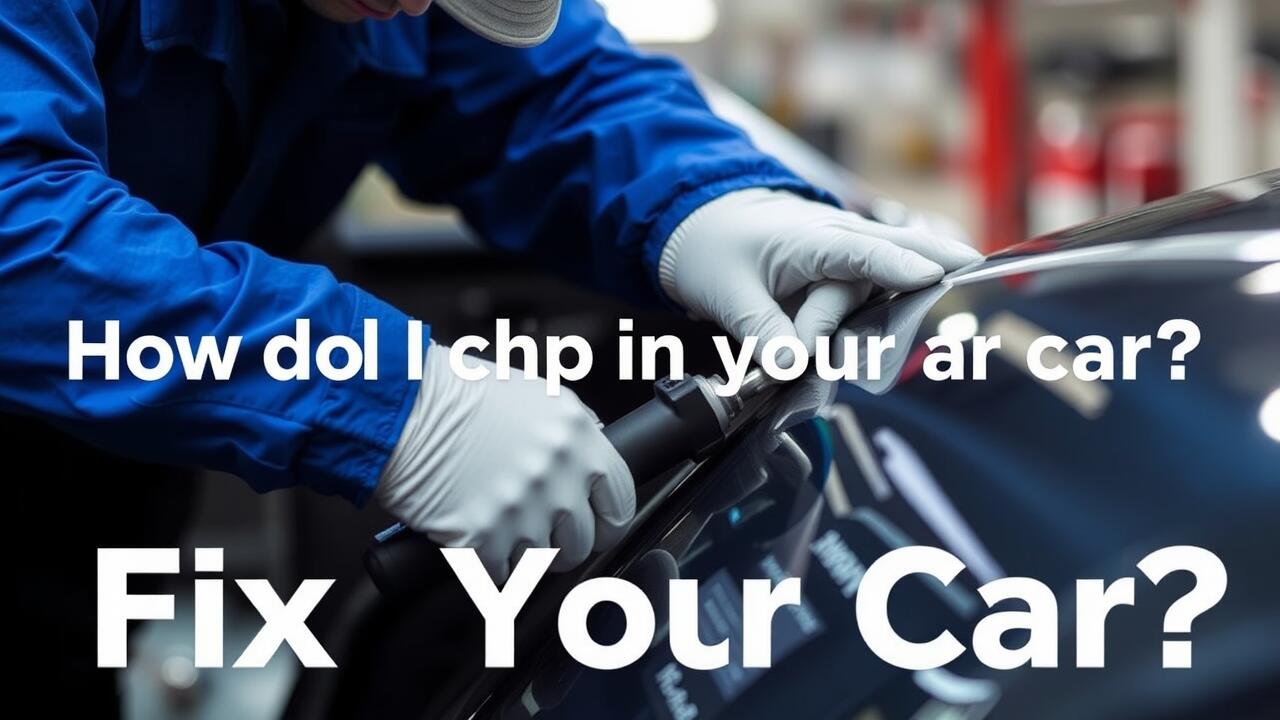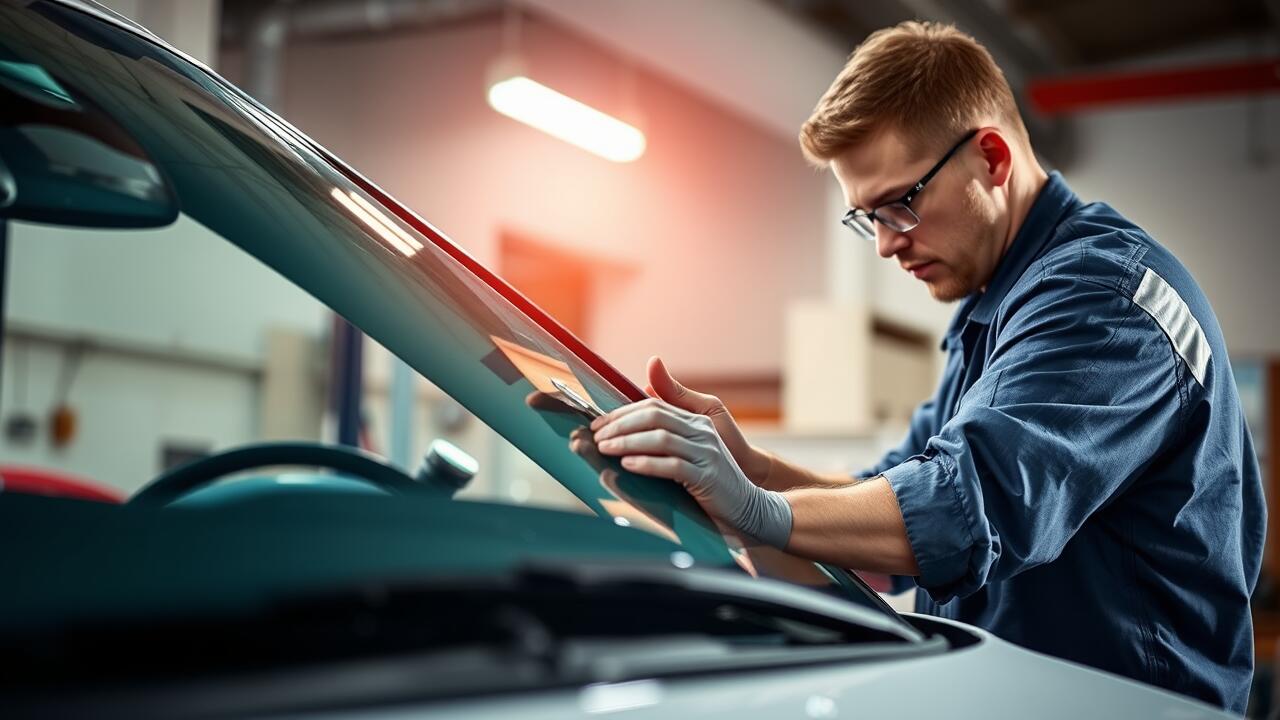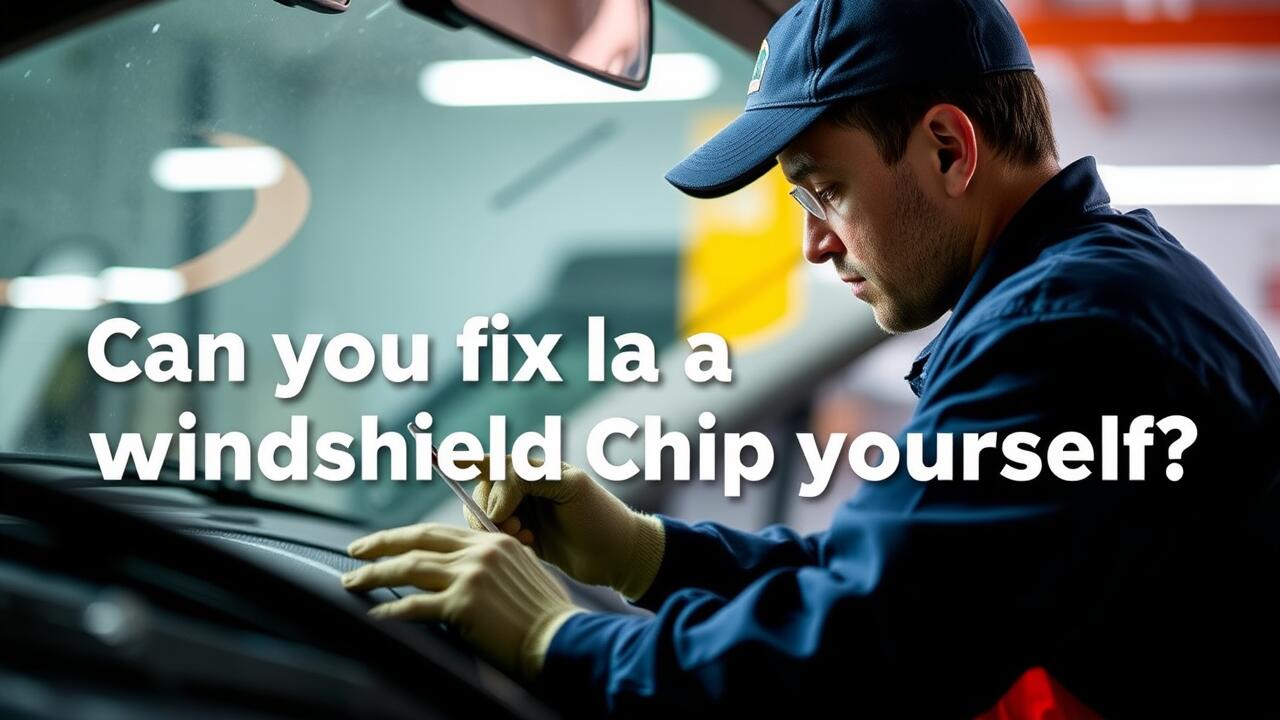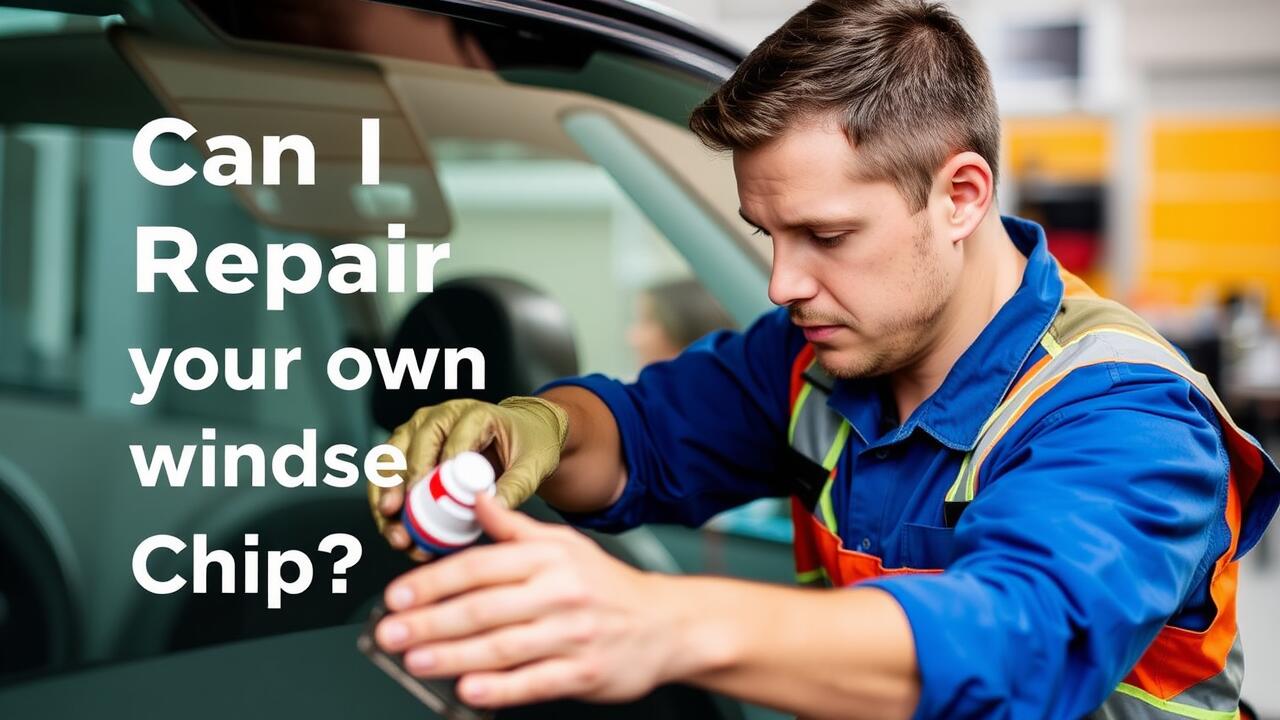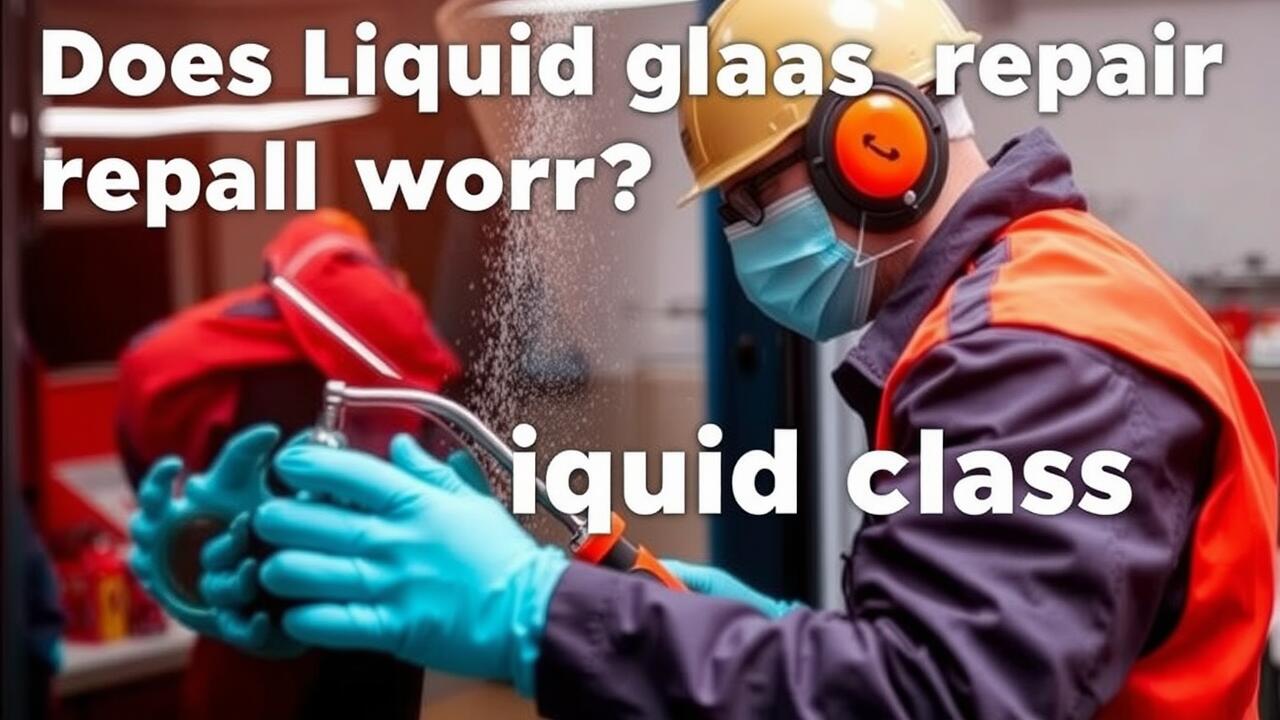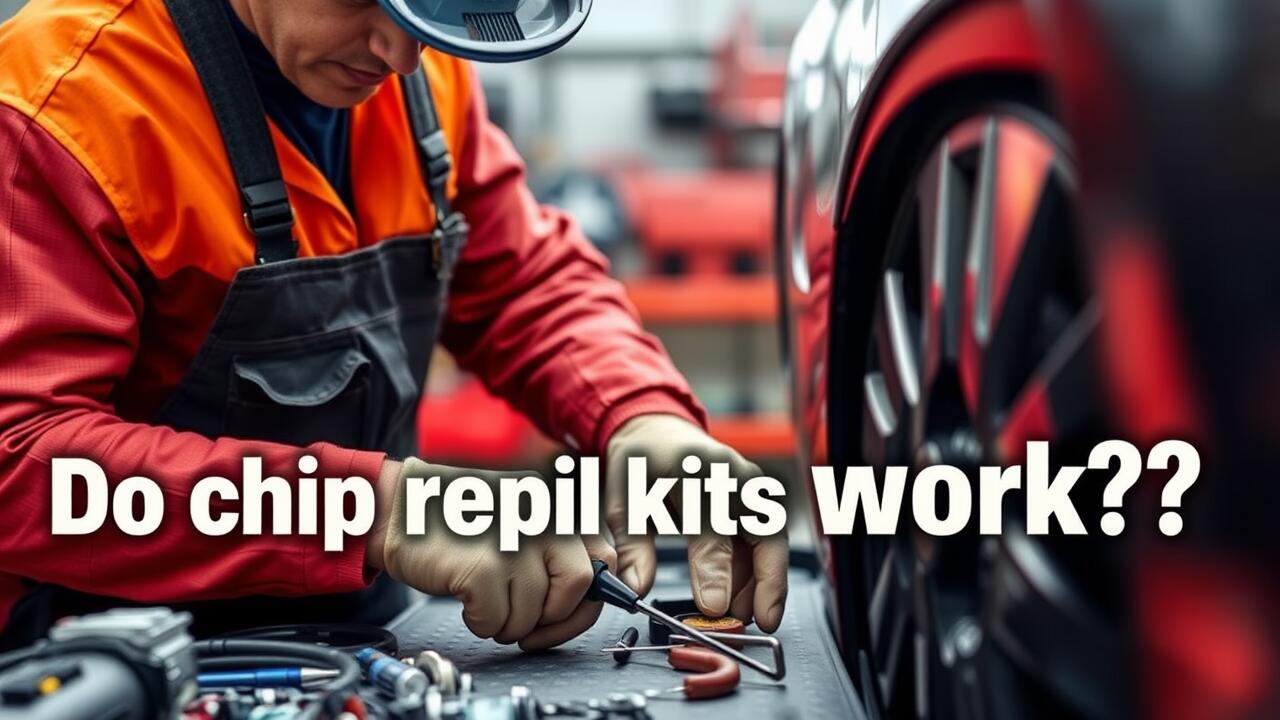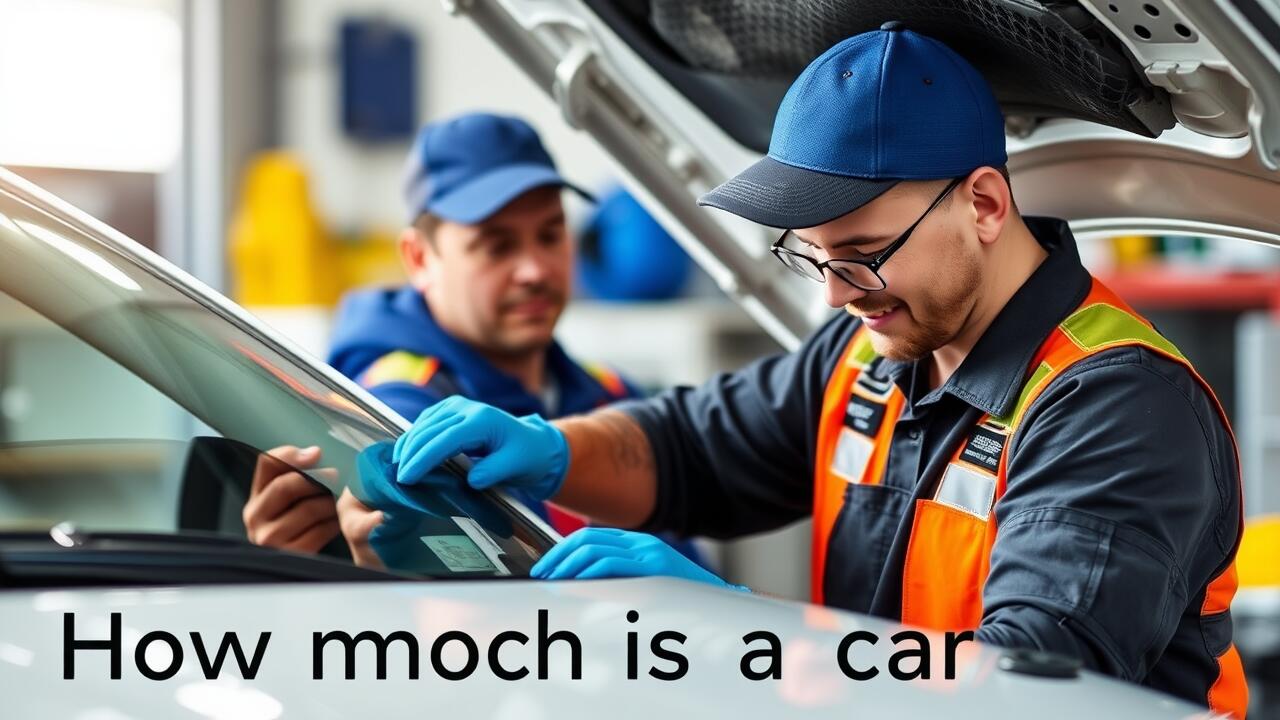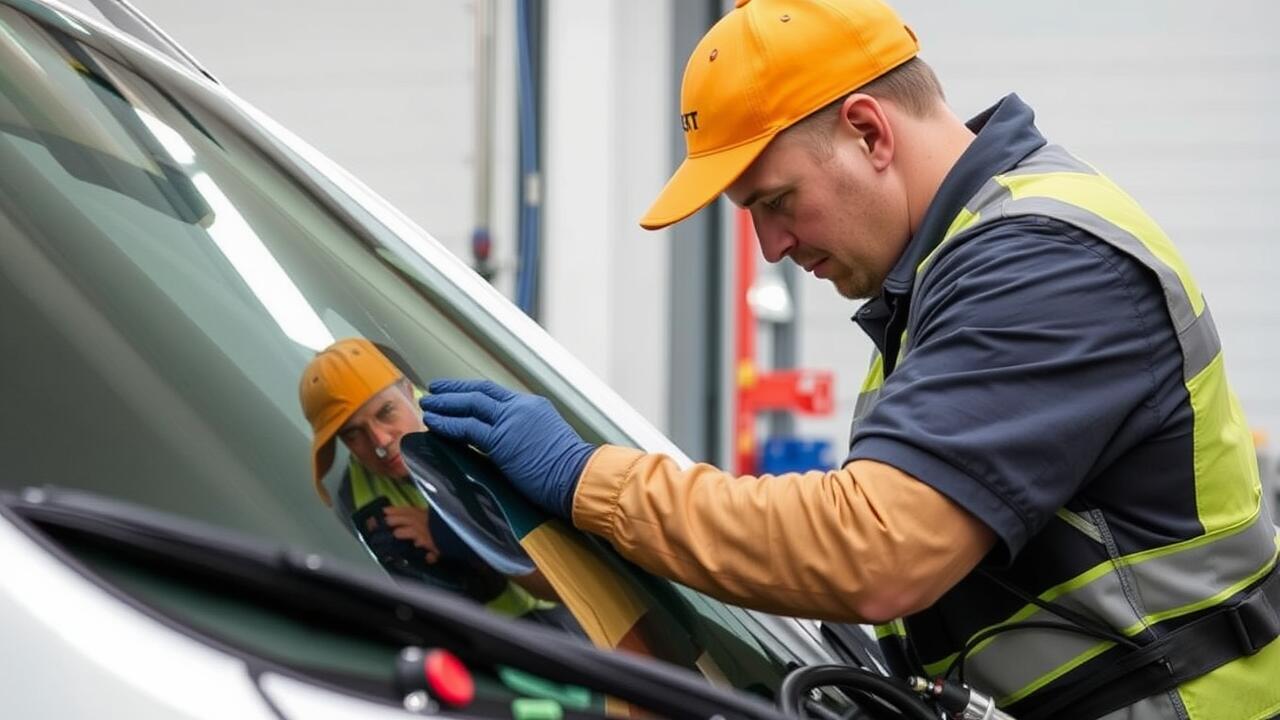
Table Of Contents
Evaluating Repair Kits on the Market
When evaluating repair kits for windscreen chips, it’s essential to consider the effectiveness of the materials included in the package. Many DIY kits come with resin solutions designed to fill and seal chips, preventing further damage. Look for products that provide clear instructions and contain all necessary tools, as a comprehensive kit can make the repair process more straightforward.
Additionally, check for user reviews to gauge the success rate of each kit. Some brands may offer better performance than others, particularly in varying environmental conditions. It’s crucial to choose a kit specifically designed for chip repair, as not all windscreen damage can be effectively addressed with a generic product. This ensures that the repair will be both efficient and durable, ultimately prolonging the lifespan of your windscreen.
Key Features to Look For
When selecting a windscreen chip repair kit, it's essential to examine the quality of the resin used in the chip repair process. High-quality resin is critical for achieving a durable bond that can withstand impact and weather conditions. Look for kits that specifically mention their resin's clarity and strength. A clear resin ensures that the repair remains unobtrusive after application, while high tensile strength helps prevent the chip from worsening or spreading.
Another important feature is the inclusion of a vacuum injector. This tool aids in removing air from the damaged area before the resin is injected, promoting better adhesion and a more effective repair. Kits that come with a comprehensive instruction manual can also be advantageous, particularly for beginners. Such manuals often provide essential tips and techniques tailored for successful chip repair, ensuring users feel confident in undertaking the task themselves.
When to Seek Professional Help
DIY windscreen chip repairs can often seem appealing due to their cost-effectiveness and convenience. However, certain conditions necessitate seeking professional help. If the chip is larger than a coin or located in the driver's line of sight, it is crucial to consult a qualified technician. These chips can compromise the integrity of the windscreen, leading to potential safety hazards on the road.
Another indication that a DIY chip repair may not suffice is if the damage has spread or is accompanied by cracks. Such conditions often require advanced techniques that a professional service can provide. Attempting to fix extensive damage with a DIY kit may not only fail to address the issue but could also lead to more costly repairs later. Assessing the severity of the chip before deciding on a course of action is vital.
Signs That DIY Repair Isn't Sufficient
Certain indicators suggest that a DIY chip repair may not be adequate. If the chip is larger than a coin or has multiple cracks radiating from it, attempting a home fix could lead to further damage. The structural integrity of the windscreen is crucial for safety, and an improper repair might compromise this, leaving you at risk while driving.
Additional signs include chips located in the driver’s line of sight, which can obstruct visibility. In such cases, any repair might distort the view and impact driving safety. If you notice a chip that exhibits these characteristics, it's advisable to seek professional assistance for a reliable and safe windscreen repair.
Legal Considerations for Windscreen Repairs
When it comes to legal considerations surrounding windscreen repairs, it's essential to be aware of local regulations and guidelines. Each state and territory in Australia has specific laws applicable to vehicle safety and maintenance. These laws can dictate the acceptable standards for chip repair and may require that repairs be carried out by certified professionals to ensure compliance with safety measures. Ignoring these regulations can lead to penalties or complications when selling your vehicle later.
Additionally, understanding the insurance implications is crucial for anyone considering DIY chip repair. Some insurance policies include stipulations about how and where repairs should be conducted. Failing to adhere to these conditions might result in claims being denied. Vehicle owners should review their insurance documents or consult with their provider before attempting any repairs, as an improperly performed chip repair could potentially impact coverage.
Insurance Implications and Responsibilities
When considering DIY windscreen chip repair, it's crucial to understand the insurance implications that may arise. Many insurance policies cover the cost of repairs, which can provide financial relief. However, some insurers may only cover professional repair services, meaning that if you opt for a DIY approach, you might not be reimbursed for any costs incurred. It's essential to review your policy details thoroughly before proceeding with chip repair on your own, as this can significantly impact your overall expenses.
Responsibility for the repair also plays a critical role in the decision-making process. If a DIY chip repair fails and leads to further damage, you could be held responsible for additional costs. Insurers typically favour professional repairs due to the guarantees and warranties that come with them. Understanding these responsibilities can help you weigh the potential risks of DIY repairs against the benefits of seeking expert assistance in chip repair.
FAQS
Are DIY windscreen chip repair kits effective?
DIY windscreen chip repair kits can be effective for small chips and cracks, particularly if applied correctly and promptly. However, their success often depends on the type and size of the damage.
What key features should I look for in a DIY windscreen repair kit?
When choosing a DIY windscreen repair kit, look for features such as a strong resin formula, an easy-to-follow application process, compatibility with various types of glass, and reviews from other users.
How can I tell if my windscreen damage requires professional help?
If the chip or crack is larger than a coin, located in the driver's line of sight, or if there are multiple damages, it's best to seek professional help. Additionally, if the damage is deep or creating a structural weakness, a professional repair is recommended.
What are the legal implications of DIY windscreen repairs in Australia?
While DIY repairs are generally legal, it's important to check local regulations and insurance policy requirements. Some policies may require professional repairs to maintain coverage, so always consult your insurance provider.
Will my insurance cover DIY windscreen repairs?
Many insurance policies cover professional windscreen repairs, but coverage for DIY repairs may vary. It's advisable to check with your insurer regarding their specific policies on DIY repairs and any implications for claims.
